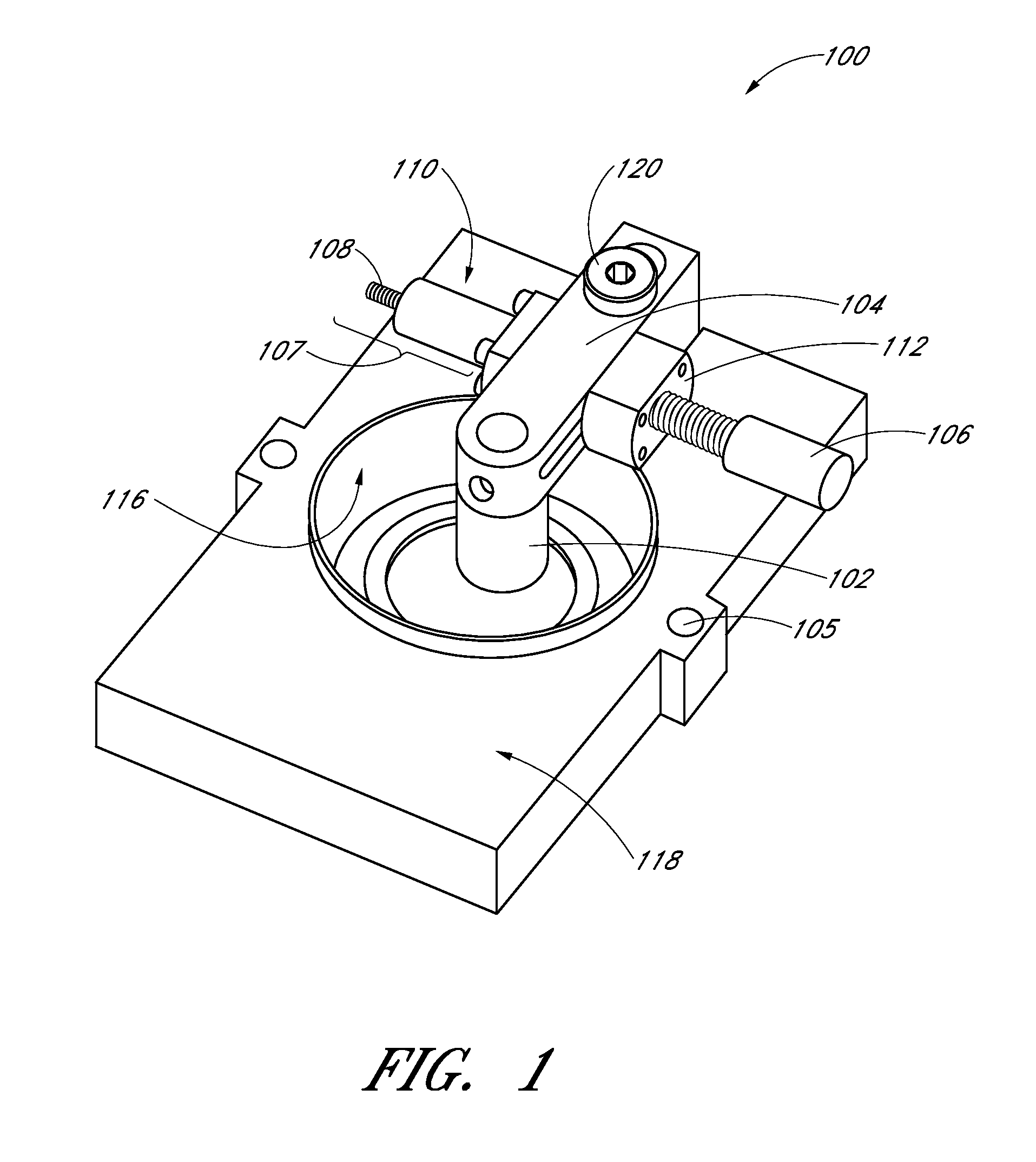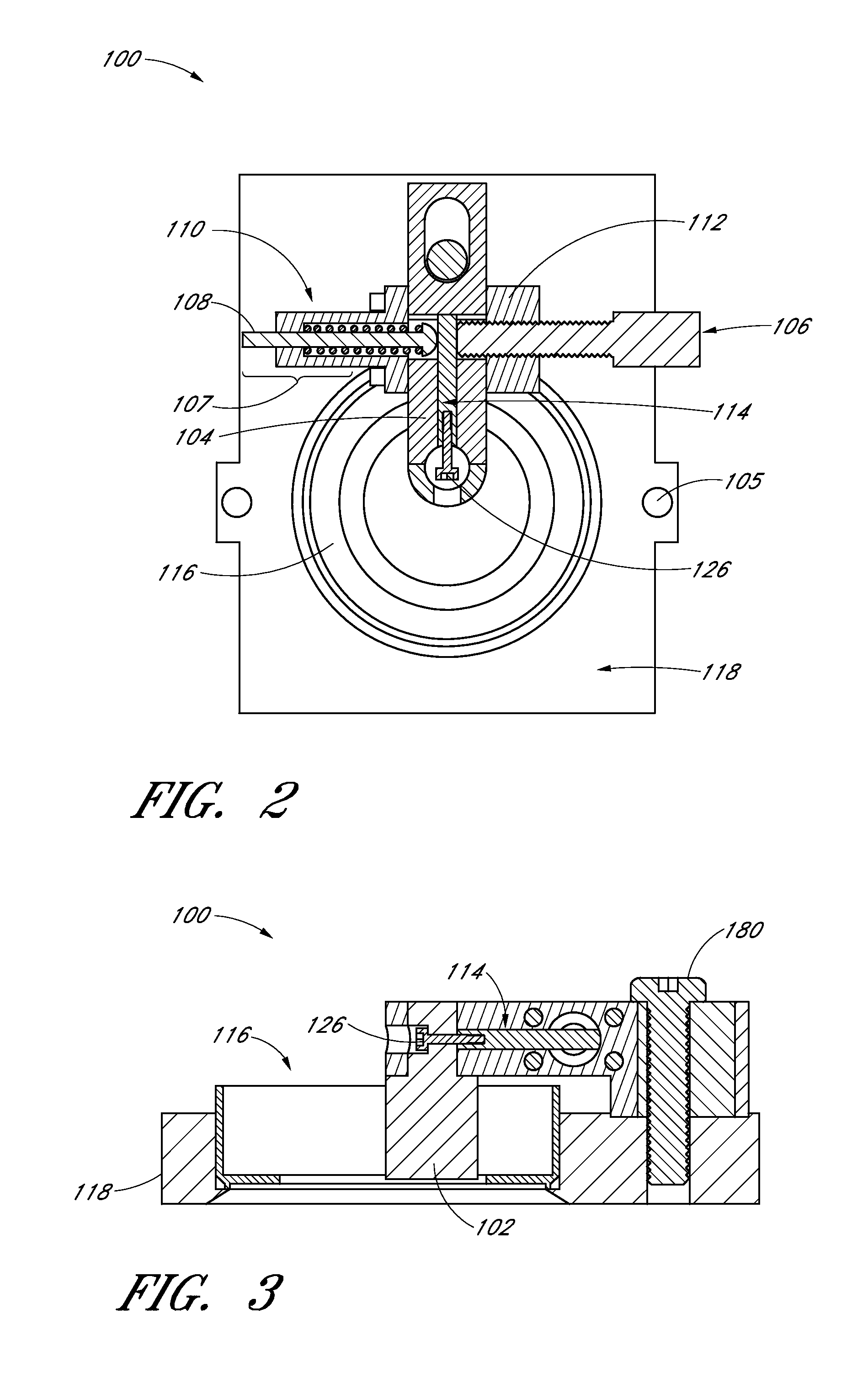Concentration independent modulation of local micromechanics in a fibrin gel
a local micromechanics and concentration independent technology, applied in biochemistry apparatus and processes, instruments, prostheses, etc., can solve problems such as non-uniform strain throughout the ecm, and achieve the effects of promoting adhesion of the ecm to the post, not increasing stiffness, and increasing stiffness
- Summary
- Abstract
- Description
- Claims
- Application Information
AI Technical Summary
Benefits of technology
Problems solved by technology
Method used
Image
Examples
examples
[0071]The stiffness of the ECM and the impact of the strain on the ECM and any cells in the ECM may be measured by the following techniques parallel plate rheology, active microrheology, and orbital tracking methods. These methods do not encompass all the methods that may be used to measure stiffness of the ECM and / or the impact of strain on the ECM and the cells contained in the ECM. Comparison of fibrin pore volume in FIG. 11 shows significant pore volume reduction with increasing fibrin concentration. In using the apparatus to apply strain on the ECM, an unexpected ten-fold stiffening of the ECM within the 2.5 mg / ml gel was observed. However, as shown in FIG. 11, the pore volume did not change.
Fibrin Hydrogels
[0072]Bovine fibrinogen (Sigma) solutions (2.5, 5, or 10 mg / ml) were prepared in 1×PBS or plain basal media under sterile conditions. In gels prepared for active microrheology (AMR), 20 μl of a 20 μg / ml solution of 2 μm diameter silica beads and 50 μl fetal bovine serum (FBS...
PUM
| Property | Measurement | Unit |
|---|---|---|
| force | aaaaa | aaaaa |
| adhesion | aaaaa | aaaaa |
| surface area | aaaaa | aaaaa |
Abstract
Description
Claims
Application Information
 Login to View More
Login to View More - R&D
- Intellectual Property
- Life Sciences
- Materials
- Tech Scout
- Unparalleled Data Quality
- Higher Quality Content
- 60% Fewer Hallucinations
Browse by: Latest US Patents, China's latest patents, Technical Efficacy Thesaurus, Application Domain, Technology Topic, Popular Technical Reports.
© 2025 PatSnap. All rights reserved.Legal|Privacy policy|Modern Slavery Act Transparency Statement|Sitemap|About US| Contact US: help@patsnap.com



